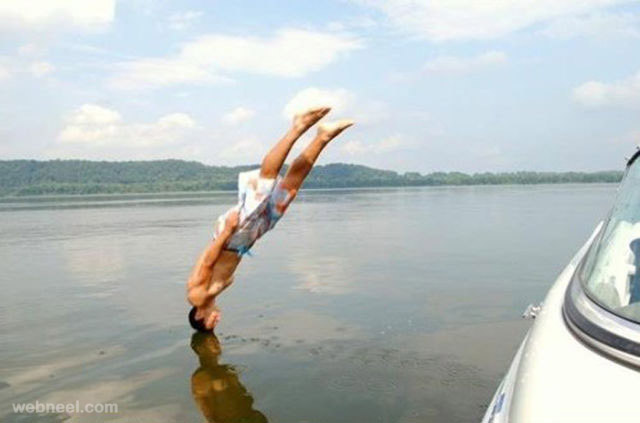


#Perfect timing photos how to#
This will train your eye and your brain to anticipate decisive moments as they happen and give you ideas on how to create them yourself. Look at things in your everyday life and think of when the best time to press the shutter would be. You don’t want this happening to you, so check your flash settings today! Train your eye to recognize timing Some of that shutter lag can be attributed to the camera deciding if it needs the flash and then charging the flash before it allows you to snap the photo. Many cameras have a setting for auto flash. If you have this problem with your camera, check to see that your flash is either fully on, or completely off. Some of them still do, especially the compact cameras. You’d press the shutter button and three or more seconds later, the picture would be taken. When digital cameras first hit the market, they suffered from severe shutter lag Remember the last time you were driving somewhere and saw that gorgeous moonrise? Or the expression on your child’s face when something made them really happy? Learn to recognize those moments. Sometimes we just encounterperfect timing. If you are taking a portrait, your subject can repeat or refine a certain pose or expression for you. If you are photographing the sunset, you’ll have to anticipate the right timing.

You can anticipate perfect timing, or create it No matter you like them or not, they probably the most accessible and adorable wild animal live. Photographically, timing is important for everything from facial expressions to sunsets. I see timing as the point when your composition, exposure, lighting and subject, all intersect in perfect unison. These 28 photos exhibit perfect timing coupled with a little bit of a twisted perspective to create something rather amazing and quite humorous. As much as we admire a carefully staged images that indicate a total photographic mastery of lighting, angles, and shutter speed, theres something truly. He coined the term decisive moment, to describe that moment at which the photo is “most significant”. Photographer Henri Cartier-Bresson, the pioneer of modern photojournalism, was the master of timing.


 0 kommentar(er)
0 kommentar(er)
